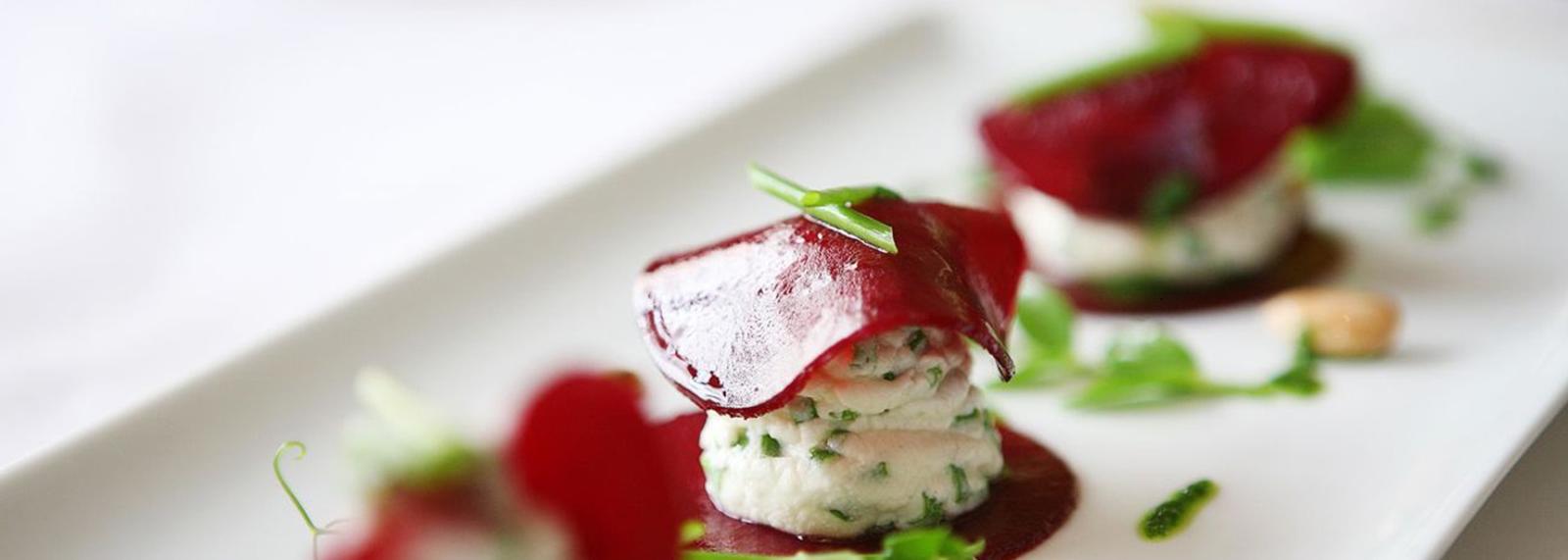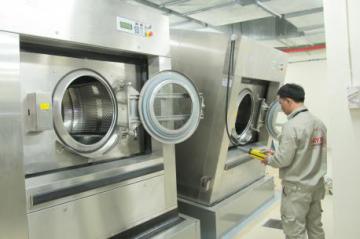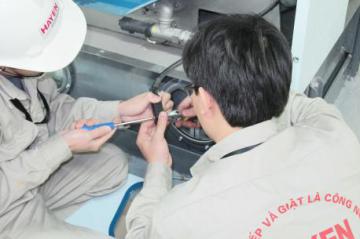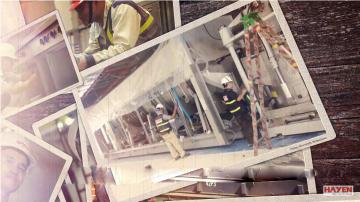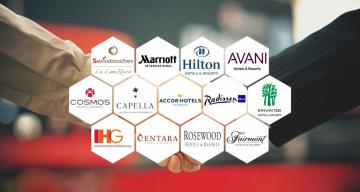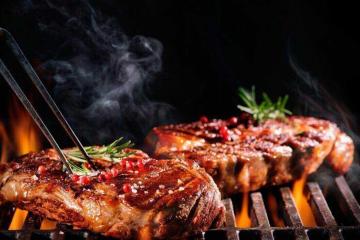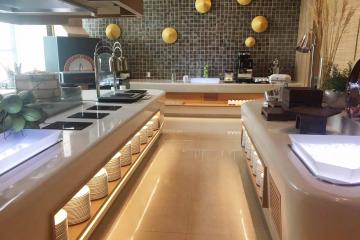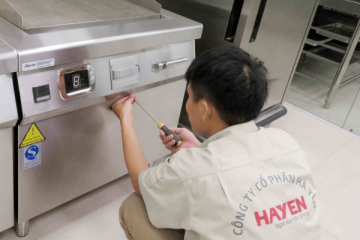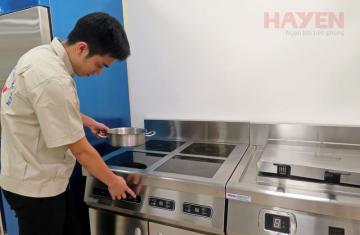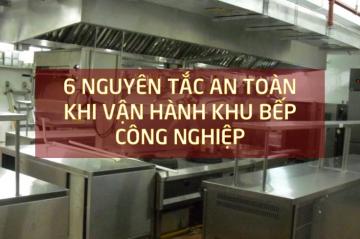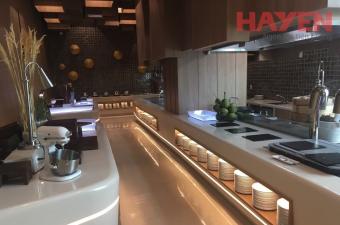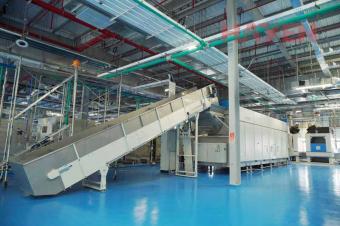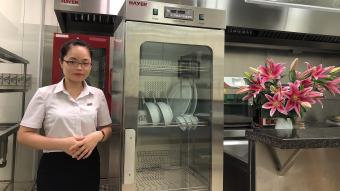How to Set Up a Commercial Kitchen
Date: 14/06/2017, 09:00:00
Method 1 : Purchase and Install Refrigeration
Step1. Purchase and install a walk-in cooling unit.
A walk-in cooling unit is a cold storage room designed to maintain the standard refrigeration temperature of 28 to 40 degrees (-2 to 4 ℃). Although some small food service operations may not require a walk-in cooler, the majority of commercial operations will. Walk-in coolers can be custom built to fit any location. Speak to several HVAC contractors and refrigeration specialists to get the best bid
.jpg)
Step 2. Purchase an industrial freezer.
Commercial kitchen operations typically require freezer space. Commercial freezer units are usually categorized by the number of doors. Purchase a single, double or triple-door freezer, depending on the size and scope of your foodservice operation.
.jpg)
Step3. Purchase a refrigerated line station and supplemental refrigeration units.
Adequate refrigeration is a necessity in the commercial kitchen. Food service workers need to keep prepared foods cool prior to preparation and service. A refrigerated line station will be required for the majority of commercial operations.
.jpg)
Method 2 Purchase and Install Storage
Buy storage shelves for perishable and nonperishable foods, dry storage and equipment storage.
.jpg)
Method 3 Purchase and Install Cooking Equipment
Step1. Purchase and install an industrial range hood and H-VAC ventilation system.
Any commercial operation that prepares food over an open flame, such as a stove top or a broiler, is required to have a range-hood and ventilation system installed. The range hood sits over the top of stove-tops and broilers, and uses fans to pull carcinogenic materials and heat through carbon filters up and out of the building. A range hood can be custom built to fit any location.
.jpg)
-
Lease or purchase a combination gas range and oven unit. These units, which are standard equipment in the majority of commercial food service operations, are available in multiple sizes and are typically categorized by the number of burners.
-
Consider purchasing or leasing a salamander. A salamander typically sits over the range burners and is primarily used to keep plated foods hot prior to service
3. Purchase optional equipment depending on the type and the size of the food service operation.
Some commercial kitchens will need to purchase or lease additional items, such as a deep fat fryer, a flat grill or a convection oven.
.jpg)
Method 4 Purchase Food Preparation Stations and Small Wares
Step1. Purchase prep tables and approved cutting surfaces for food preparation.
Stainless steel prep tables come in several sizes, and are essential in the commercial kitchen. Plastic cutting boards can be cut to fit any size table
.jpg)
Step2. Purchase specialty equipment as needed.
Specialty equipment may include meat slicers, food processors or industrial-size mixers.
.jpg)
Method5 : Purchase and Install Fire, Safety and Sanitation Equipment
Step 1. Install a sprinkler system and fire extinguishers as required by local fire department regulations.
Check with local industrial fire suppression system installers for price quotes.
.jpg)
Step2. Install a triple-sink wash station and commercial dish washing unit.
Municipal health department authorities typically require a commercial kitchen to have triple-sink wash station and commercial dish washing unit installed.
.jpg)


